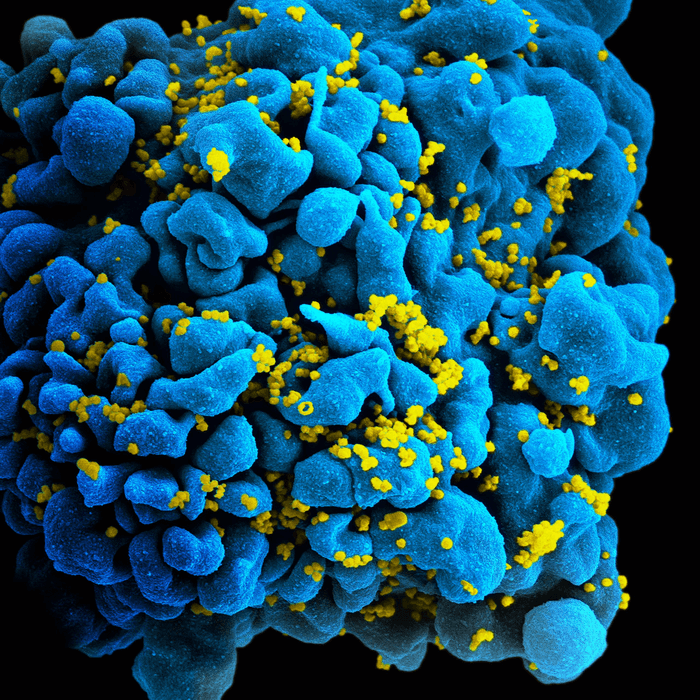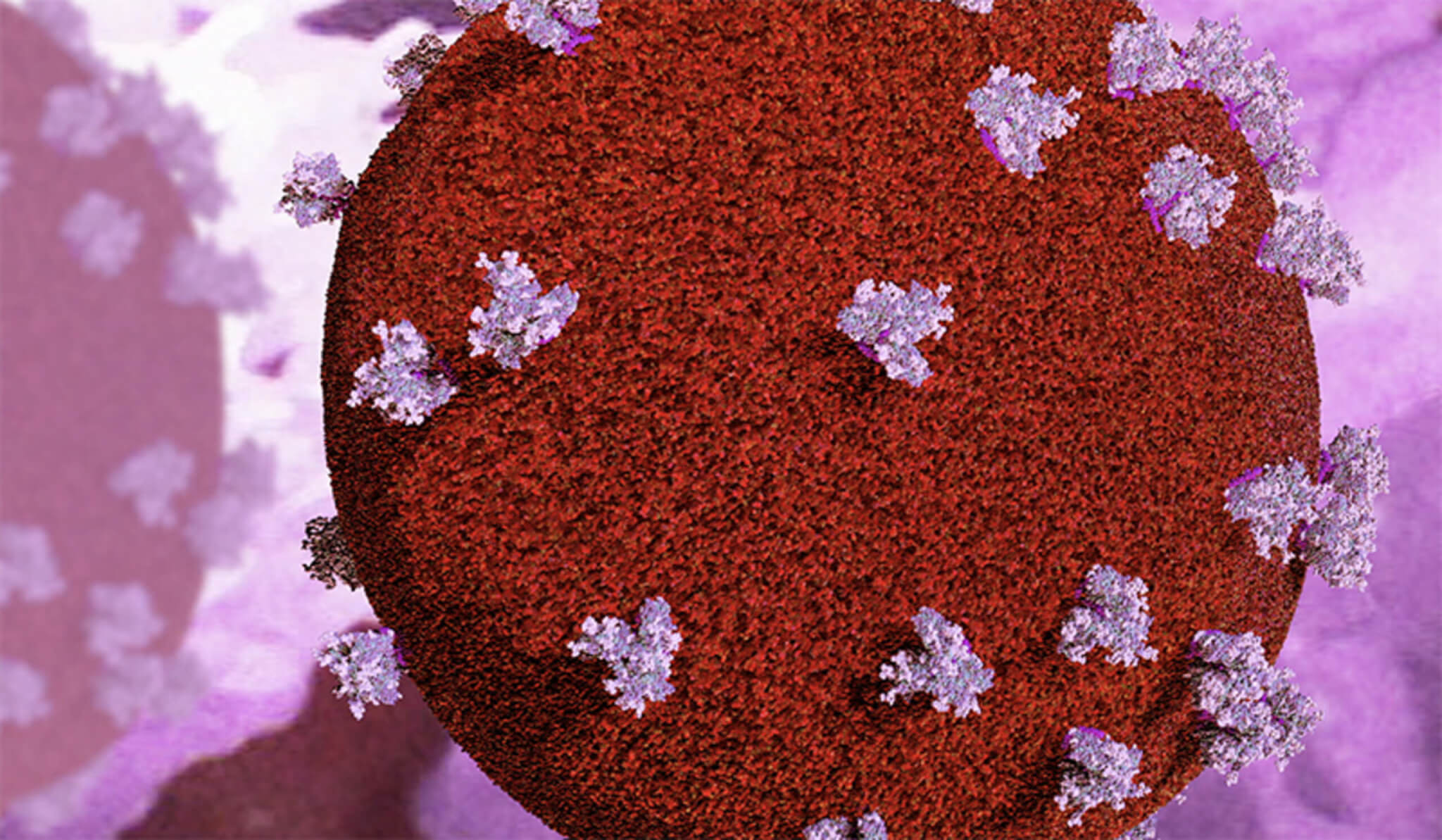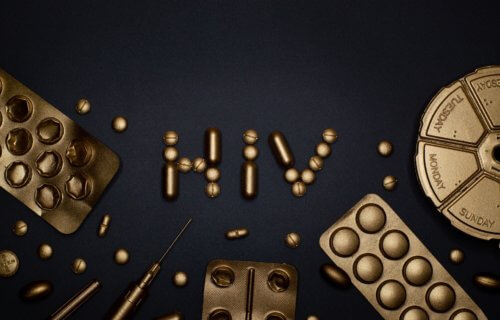🔑 Key Findings:
- A new treatment for HIV turns off genes that help the illness replicate
- The nanomedicine is loaded with genetic material called siRNA
- The gel targets 2 HIV genes which help it infect cells and avoid detection
WATERLOO, Ontario — Are we nearing a cure for HIV? A seminal new treatment is combatting HIV transmission. This innovative strategy uses a special type of gel designed to deliver genetic materials, known as small interfering RNAs (siRNAs), directly into the vaginal area. These siRNAs are engineered to target and silence specific genes associated with HIV, offering a dual defense mechanism against this deadly virus.
To grasp the significance of this research, it’s essential to understand what siRNAs are and how they work. siRNAs are short, double-stranded RNA molecules that play a critical role in the process of RNA interference (RNAi), a natural cellular mechanism that regulates gene expression. By designing siRNAs that are complementary to specific mRNA sequences of a virus or host cell, scientists can effectively “silence” these genes, preventing the production of proteins necessary for viral replication or entry into cells.

The study focused on two main targets: the CCR5 gene in host cells, which HIV uses as a doorway to enter and infect cells, and the Nef gene in HIV, which helps the virus evade the body’s natural defense mechanisms. By knocking down these genes, the siRNA technology aims to block HIV at the entry point and disarm its ability to bypass the immune system.
“This opens the door for new therapeutics in the fight against HIV,” says study author Dr. Emmanuel Ho, an associate professor of pharmacy at the University of Waterloo, in a university release.
Researchers developed a nanomedicine gel containing nanoparticles designed to deliver these siRNAs directly to the site of potential infection. These nanoparticles are made from poly(lactic-co-glycolic acid) (PLGA), a biodegradable polymer, and are coated with polyethylene glycol (PEG) to improve stability and penetration into the vaginal mucosa.
The innovative aspect of these nanoparticles is their pH-sensitive release mechanism. They remain stable and release minimal siRNA in the acidic environment of the vagina but release a significant amount when they reach the neutral pH inside cells, ensuring the siRNAs are delivered precisely where needed.

The gel’s effectiveness was tested in vitro (in the lab) and showed promising results. It significantly reduced the expression of CCR5 and Nef proteins by 43 percent and 63 percent, respectively, reactivated the body’s autophagy process (a cellular cleanup mechanism that HIV disrupts), and inhibited HIV replication by over 70 percent. Furthermore, the gel demonstrated efficient vaginal distribution and uptake in a mouse model without causing any toxicity, highlighting its potential as a safe and effective method for preventing HIV transmission.
“Viruses are smart. They produce Nef proteins to prevent autophagy from occurring,” explains Dr. Ho. “Our process allows our body to fight the viral infection without needing additional drugs.”
This innovative gel represents a significant leap forward in the fight against HIV. By targeting the virus at the genetic level and leveraging the body’s natural defense mechanisms, this approach offers a novel and potentially more effective way to prevent the transmission of HIV, especially through sexual contact.
The use of siRNA technology in this context is particularly exciting. It not only provides a new tool in the battle against HIV but also opens the door for similar strategies against other sexually transmitted infections. The study’s success underscores the potential of nanomedicine and gene therapy in transforming disease prevention and treatment, offering hope for millions of people worldwide at risk of HIV.
The study is published in the Journal of Controlled Release.
You might also be interested in:
